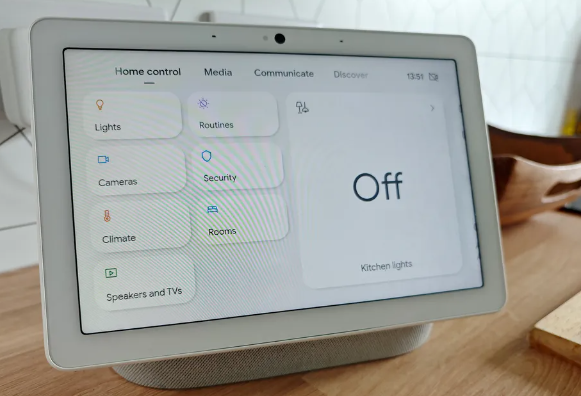The importance of effective communication in today’s fast-paced world cannot be overstated. Whether it’s in personal relationships or professional environments, clear communication can enhance understanding and foster positive interactions. This guide will explore key aspects of communication that can help improve your skills and build stronger connections.
Understanding Different Communication Styles
Everyone has a unique way of expressing themselves based on their personality and background. Recognizing these different communication styles—such as assertive, passive, aggressive, and passive-aggressive—can enhance your interactions. By identifying how others communicate, you can tailor your approach to connect more effectively. For example, if someone is typically passive, they may need encouragement to voice their opinions. Adjusting your style to suit the situation can lead to more productive conversations.
Active Listening Techniques
Active listening is a fundamental skill that promotes better communication. This means fully concentrating on what the other person is saying, rather than simply preparing your response. Techniques like maintaining eye contact, nodding, and summarizing what you’ve heard can demonstrate your engagement. When you show that you value someone else’s perspective, it encourages openness and trust, making it easier to navigate challenging discussions or conflicts.
Non-Verbal Cues
Non-verbal communication, including body language, gestures, and facial expressions, plays a significant role in how messages are received. Awareness of these cues can enhance your communication effectiveness. For instance, crossing your arms might signal defensiveness, while an open posture can indicate receptiveness. Being mindful of your own non-verbal signals, as well as those of others, helps you convey the right message and respond appropriately in conversations.
In conclusion, improving your communication skills is a valuable investment in both your personal and professional life. By understanding different styles, practicing active listening, and being aware of non-verbal cues, you can create more meaningful connections. Take a moment to reflect on your communication approach and consider how you can implement these strategies in your daily interactions. Happy communicating!

